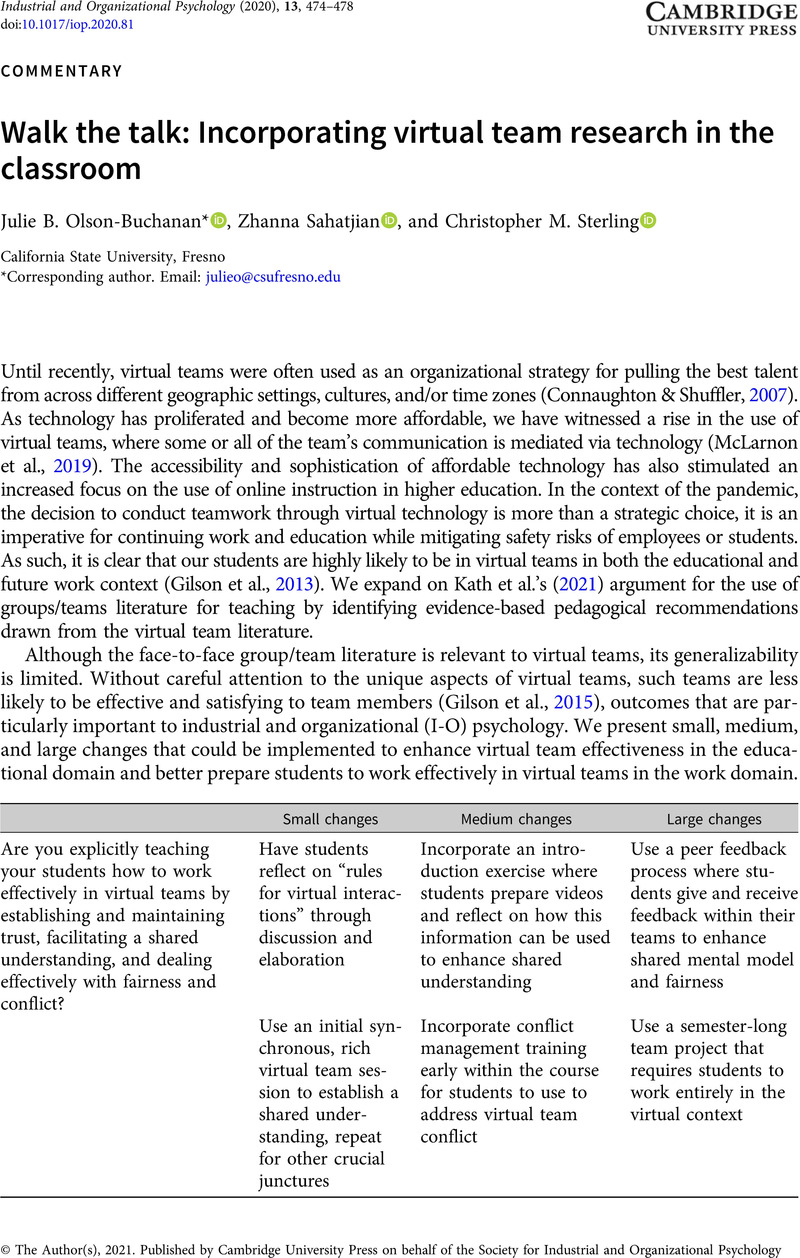Crossref Citations
This article has been cited by the following publications. This list is generated based on data provided by Crossref.
Chen, Li
Ifenthaler, Dirk
Sun, Wenting
Xu, Tao
and
Yan, Guanghao
2022.
Effectiveness of virtual team learning in entrepreneurship education: a survey study.
Entrepreneurship Education,
Vol. 5,
Issue. 1,
p.
69.



